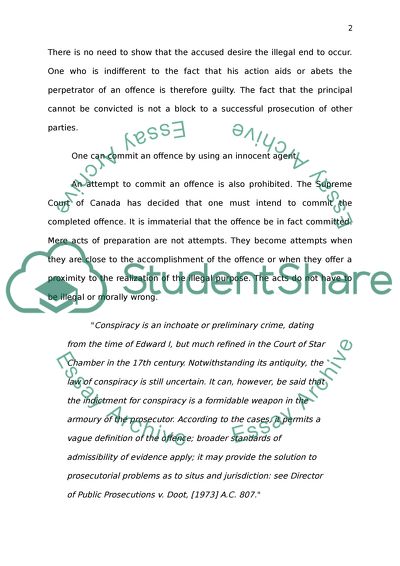Cite this document
(“Criminal Liability -Theft and Fraud Essay Example | Topics and Well Written Essays - 2000 words”, n.d.)
Retrieved from https://studentshare.org/law/1503712-criminal-liability-theft-and-fraud
Retrieved from https://studentshare.org/law/1503712-criminal-liability-theft-and-fraud
(Criminal Liability -Theft and Fraud Essay Example | Topics and Well Written Essays - 2000 Words)
https://studentshare.org/law/1503712-criminal-liability-theft-and-fraud.
https://studentshare.org/law/1503712-criminal-liability-theft-and-fraud.
“Criminal Liability -Theft and Fraud Essay Example | Topics and Well Written Essays - 2000 Words”, n.d. https://studentshare.org/law/1503712-criminal-liability-theft-and-fraud.


